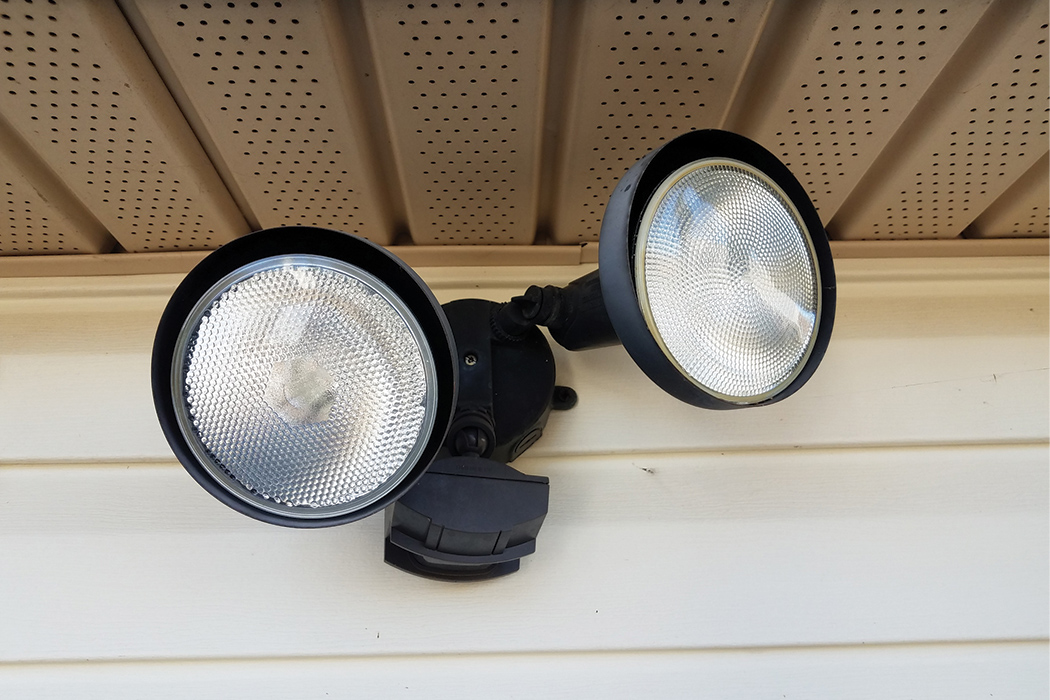Can a Home Security System Be Hacked?
How Brinks Home™ goes the extra mile to keep you safe.
BY LAUREN SLADE
June 23, 2020

Being targeted by hackers is a stressful scenario everyone can relate to. No one wants to be left vulnerable or feel like their privacy is being invaded. Even more unsettling is the notion that hackers can chip through the defenses we’ve put in place to keep them out. Fortunately, Brinks Home™ uses specialized, safe, and thorough technology to ensure you and your home stay secure.
Encryption defense
Brinks Home uses unique encryption technology in its wireless home security systems. Encryption protects your private information by translating it into code, blocking unauthorized users from accessing it. Furthermore, it allows devices, like our encrypted door/window sensors, to communicate directly with your alarm panel and then await its coded return signal. Plus, our sensors are not only equipped with encryption technology, they’re also lightweight, ultra-compact, and securely connect to the Brinks Home Touch Panel, helping provide you with unparalleled protection.
Hacker protection
The increased dependence on digital devices, like smartphones and wireless security systems, in our daily lives heightens the risk of hackers preying on information. Brinks Home takes extra precautions against hackers by equipping its alarm panels with specialized technology. Unlike most alarm panels, the Brinks Home Touch Panel encrypts all sensor signals to safeguard against hackers, and utilizes LTE cellular transmissions (and Wi-Fi, as part of our dual-path communication) to ensure all alarms are sent quickly and securely. Plus, Brinks Home allows you to add multiple users to your Brinks Home Touch, all with individualized passwords. This eliminates the need to share login information among users and ensures you stay well-protected.
Two-factor authentication
Two-factor authentication strengthens your protection through delivering a follow-up notification after putting in your password. Sending a code via text or email minimizes the chance of a someone hacking your account, since two-factor authentication requires you to input your password as well as the six-digit follow-up code. Two-factor authentication further shields you from hackers by using two separate networks to channel your data – for example, your home security system may use your internet connection, and the follow-up code sent to your smartphone utilizes your mobile network. Two-factor authentication offers you twice the protection with none of the hassle.
Lauren Slade is a Dallas-based writer and editor.



